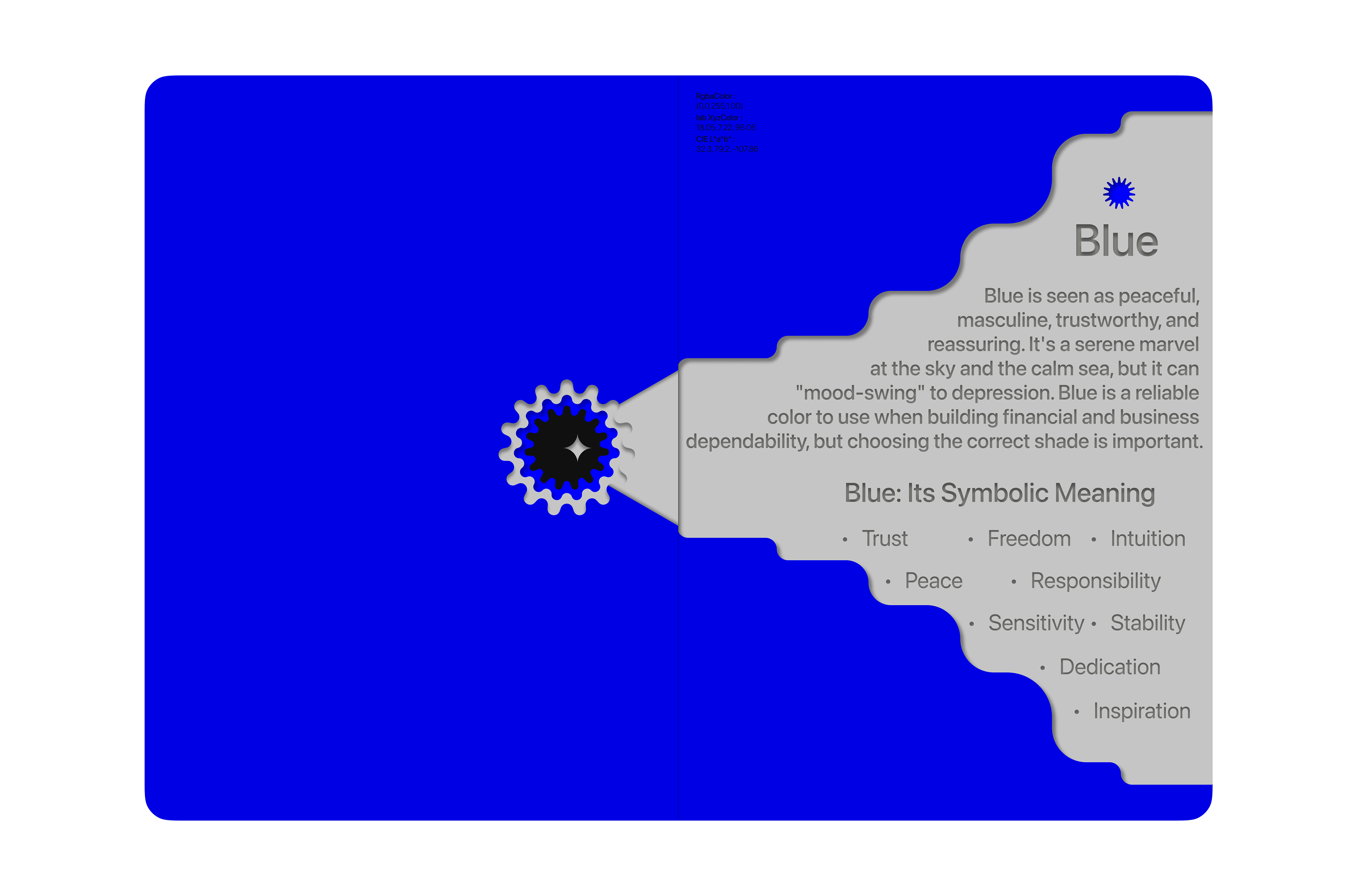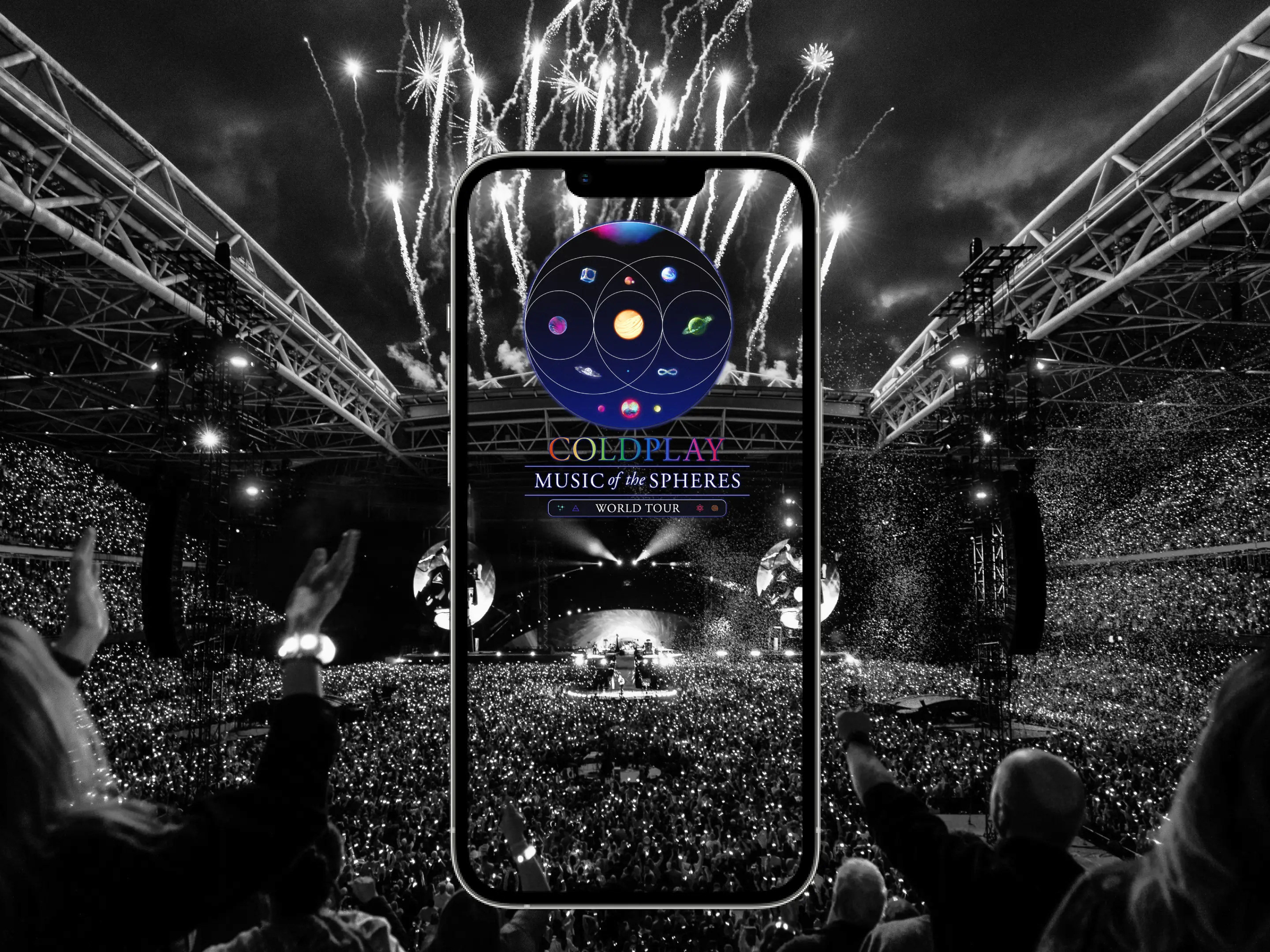A Journey Through the Spectrum of Emotions
Color psychology delves into the fascinating connection between colors and human emotions, behaviors, and perceptions. While subjective experiences vary, there are general associations that cultures often share. Let's explore the psychological impact of some key colors:
Warm Colors:
Red: Passion, energy, excitement, danger, aggression, love, and urgency. It can stimulate appetite, increase heart rate, and evoke strong emotions.
Orange: Enthusiasm, creativity, warmth, joy, and optimism. It can be associated with fun, friendliness, and social interaction.
Yellow: Happiness, optimism, cheerfulness, intellect, and energy. It can promote clarity, stimulate mental activity, and increase focus.
Cool Colors:
Blue: Trust, peace, calmness, security, and intelligence. It can create a sense of stability, reduce anxiety, and promote relaxation.
Green: Nature, growth, harmony, balance, and tranquility. It can symbolize renewal, health, and prosperity.
Purple: Royalty, luxury, mystery, spirituality, and creativity. It can evoke feelings of wisdom, sophistication, and imagination.
Other Important Colors:
White: Purity, cleanliness, innocence, peace, and simplicity. It can represent a blank slate, new beginnings, and a sense of space.
Black: Power, elegance, sophistication, mystery, and formality. It can be associated with mourning, authority, and seriousness.
Beyond the Basics:
Cultural Influences: Color meanings can vary significantly across cultures. For example, white is associated with mourning in some parts of Asia, while black is associated with mourning in many Western cultures.
Personal Preferences: Individual experiences and preferences shape our perceptions of colors. A childhood memory or a personal connection can influence how we respond to a particular shade.
Context Matters: The same color can evoke different emotions depending on the context. For instance, red in a romantic setting might symbolize passion, while red in a traffic light signals danger.
Applications of Color Psychology:
Marketing and Branding: Companies use color psychology to attract customers, build brand identity, and influence purchasing decisions.
Interior Design: Color plays a crucial role in creating desired moods and atmospheres in homes, offices, and public spaces.
Therapy and Wellness: Colors can be used in therapeutic settings to promote relaxation, reduce anxiety, and enhance well-being.
Check out the full project on Figma: https://www.figma.com/community/file/1416028280941104760/color-psychology-a-journey-through-the-spectrum-of-emotions










Rose Weissman Color Palette
















